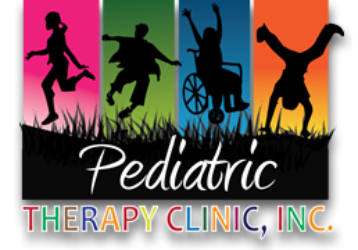No one way can meet all of a child’s needs when it comes to helping them develop. That’s where collaborative pediatric treatment comes in. It brings together professionals from different fields to establish a better base for growth and success. Families in Bozeman are more and more interested in this team-based child therapy that combines applied behavior analysis (ABA), speech-language pathology (SLP), and occupational therapy (OT).
Let’s look at how combining OT, ABA, and SLP gives kids more than simply help; it gives holistic pediatric care turns everyday problems into chances to grow.
Why working together is important in pediatric therapy
Children don’t usually have developmental problems all by themselves. A youngster who has trouble speaking may also have trouble processing sensory information, or a child who is working on controlling their behavior may benefit from better communication skills.
Therapists make sure that each child’s goals are the same across all disciplines by making coordinated therapy plans. This not only prevents fragmented therapy, but it also makes sure that tactics are consistent and help skills in all areas of development.
The Role of Each Discipline: Occupational Therapy (OT)
OT helps kids learn the skills they need to go through the day. OTs work on anything from fine motor skills to sensory processing to help people become more independent.
Speech-Language Pathology (SLP)
Speech therapists help with problems with speech sounds, language skills, social communication, and swallowing. When it comes to establishing attention or feeding skills, their job often overlaps with OT.
Applied Behavior Analysis (ABA)
ABA treatment focuses on changing behavior for the better by using reward techniques. It works especially well for kids with autism spectrum condition, but its skills can help kids with a lot of other developmental requirements.
Families notice easier transitions, more regular routines, and faster success when these three fields work together.
How OT, speech therapy, and ABA work together
Shared Assessments: Each professional looks at the child’s requirements, but they share their results to have a better idea of the whole picture.
Setting Goals Together—Therapists develop goals that are similar. For instance, being better at taking turns could help with both speech and language therapy (SLP) and behavior management (ABA).
Integrated Sessions: Sometimes, more than one therapist may work with the kid at the same time, using both OT and ABA procedures together with speech exercises to get the best results.
Family Involvement: Parents are active participants who discover ways to help their child make progress in all of their therapy at home.
The advantages of interdisciplinary therapy
- Consistency: The skills you acquire in one session are used in all of your sessions.
- Efficiency: Kids get better quicker when therapies build on one other.
- Confidence: Families feel better knowing that a group is working together.
- Holistic Growth: The kid grows in all areas, including behavior, communication, and everyday living abilities.
This kind of interdisciplinary therapy is at the heart of what leading Bozeman therapy centers are offering today.
A Family-Centered Approach in Bozeman
Parents may find it hard to figure out how to use therapy. Collaborative care implies that professionals talk to each other more and work together to make sure your kid has a good future. Bozeman families benefit from a coordinated, supportive strategy that makes treatment useful and effective, whether it’s through OT ABA SLP integration or adding more resources with school and home techniques.
Last Thoughts
The main goal of collaborative pediatric treatment is to build a space where kids don’t just “get through” problems, but really flourish. Families in Bozeman may be sure that they are giving their kid the tools they need for long-term growth and independence via holistic pediatric care, team-based child therapy, and coordinated therapy plans. Contact us or call us 406.624.6669


